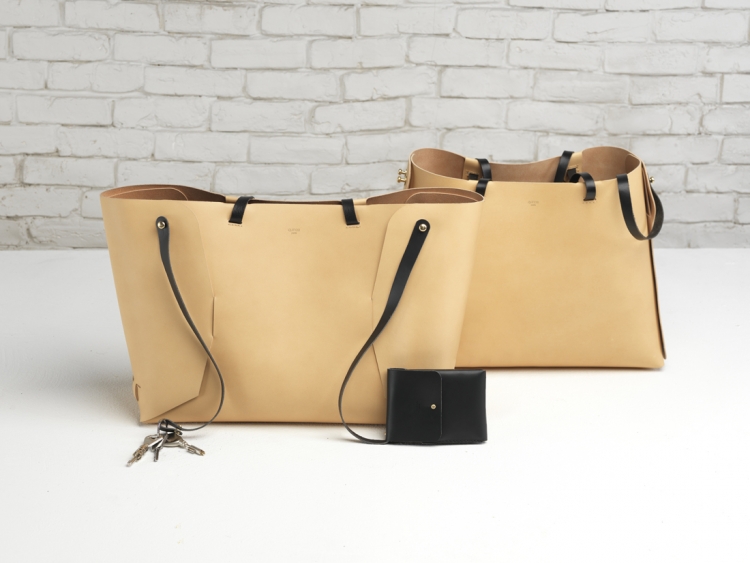Fashion Industry Strides Towards Sustainable Leather

One of the most intoxicating smells on the planet is that of a new leather jacket. However when you go out and buy a new leather jacket or handbag, you rarely stop to think about how the item was manufactured. One of the processes leather undergoes is tanning, which cures a hide to prevent decay. In the fashion industry, chrome tanning has been used for decades to produce the most vibrant, long-lasting, and luxurious leather.
Yet, unbeknownst to many consumers is the impact the chrome process has on the environment. The cocktail used in the de-hairing process can send chills down your spine; it includes salt, arsenic sulfides and a heavy metal chromium. The tanning cocktail, including the hair and other animal remnants, are eventually dumped and can potentially poison water ways in counties without chemical dumping protocols. The effect that this has on the direct consumer can be substantial as well. With such heavy toxins the piece can have an unnatural smell and the consumer can develop a rash with direct skin contact.
So why would any designer choose to utilize the chrome tanning process? The answer is simple: chrome tanned leather is extremely cheap to produce. Even so, there are alternatives to this environmentally harmful practice, and one of them is vegetable tanning.
Image credit: Cole Haan
Vegetable tanning is clean, environmentally friendly, and produces softer, more beautiful leather. All the different tannins are derived from natural sources like tree bark and plants. This process leads to the safe disposal of the remnants from the hair removal process, which can be converted into fertilizer later on. Since these practices produce such sustainable pieces, the entire process takes longer, and costs more money. After consumption, the leather pieces can actually be recycled, since they were tanned with natural elements and will not harm the environment. These items cannot be mass produced and color variation occurs from piece to piece, making each one unique. Many companies are leaving behind chrome tanning to adopt this practice. Cole Haan, one of the oldest leather companies in the U.S., has started to make some of their products with vegetable tanned leather.
In Paris, the fashion capital of the world, designers are taking note of this practice too. Quinoa Paris is a brand that specializes in ethical sustainable development. Their bags are made from one piece of vegetable or recycled leather to produce a seamless bag. All their merchandise is manufactured in France and the vegetable leather comes from an Italian-certified tannery. Quinoa Paris acknowledges that each item does take longer to produce-20 to 40 days-but this means that the item is getting more individual attention in the production process.
Image credit: Quinoa Paris
Many designers are starting to concentrate on the sustainability of the items they are producing, and trends like vegetable tanning leather have been slowly been taking over. Many consumers are also starting to care more about how their items are being produced and if the process is environmentally friendly, urging designers to change their practices. In the future more and more designers will be utilizing processes like vegetable tanned leather.









